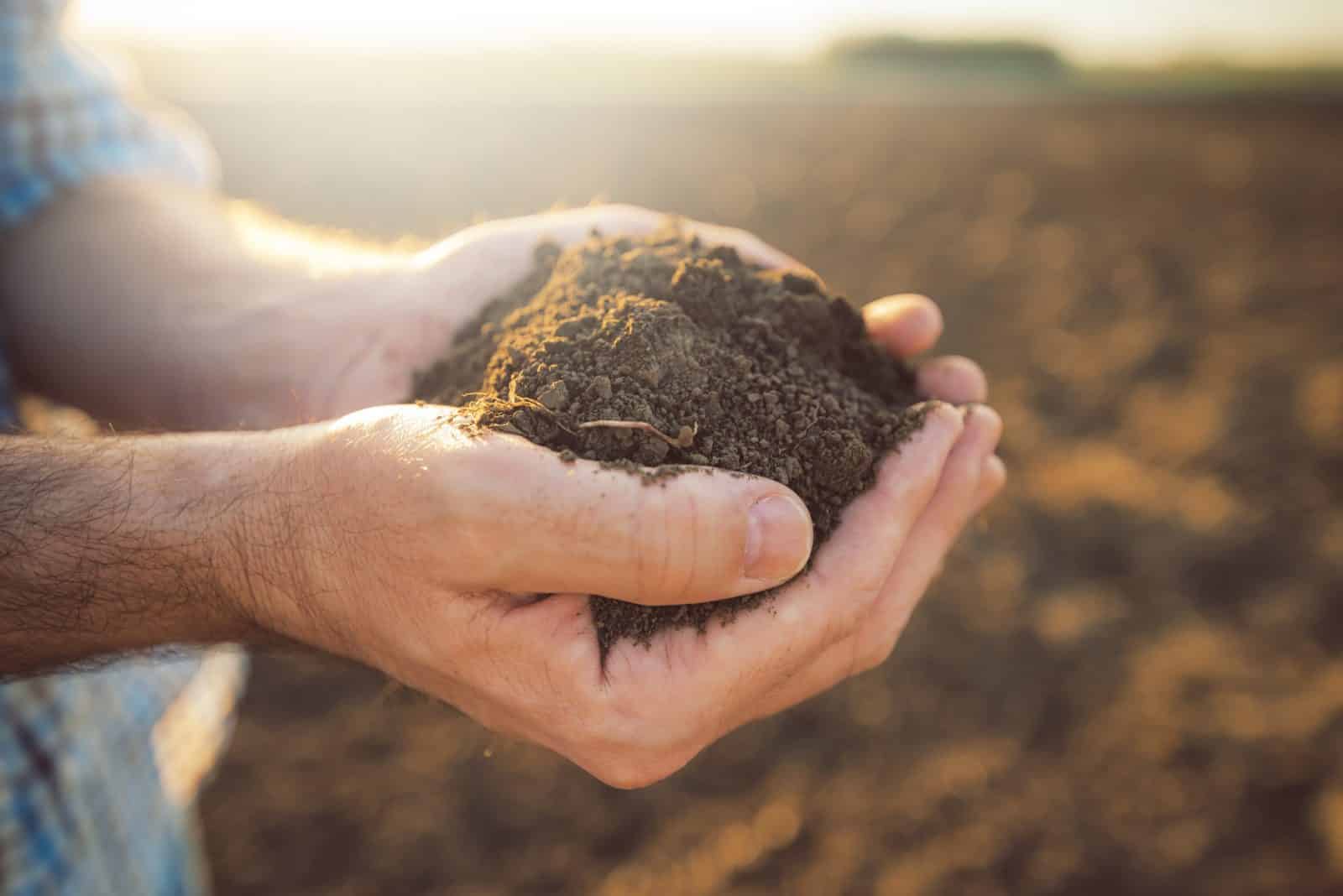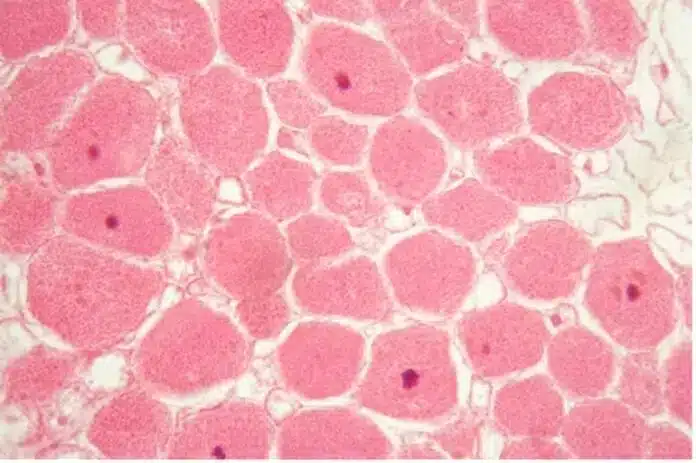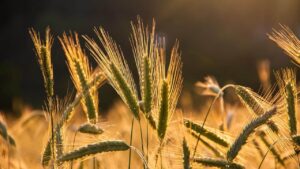This is part three of a three part series on the importance of soil health. Part three focuses on the biological aspects of soil health.
“We have really great soil in the United States but we treat it like dirt,” says James Hoorman, Regional Soil Health Specialist, Northeast Region, for the Natural Resources Conservation Service.
In fact, the statistics surrounding soil health are downright scary. Hoorman says we are losing two tons of soil per year in certain areas of the U.S. “In Ohio, for example, for every 10 pounds of corn produced, six pounds of soil is washed away,” he says. “For every 10 pounds of soybeans produced, 14 pounds of soil is washed away.” In Iowa, the amount of soil lost is equal to the amount of corn produced.
These are alarming numbers, especially for the next generation of farmers. Hoorman has been touring the Northeast region of the U.S. speaking on the importance of soil health, and is optimistic about what he calls a rising interest in improving this precious resource.
Your Soil is Alive!
Soil is made up of chemical, physical and biological components, and while the best management practices for healthy soil focus on improving all three, Hoorman says the biological components tend to dominate.
“Soil is a living organism. It’s been alive for more than 450 million years. Healthy soils need to have live plants growing year round to absorb energy and they need to have healthy microbial populations. Microbes process 90 percent of the energy in soils,” he says.
Soil organisms or microbes include bacteria, fungi, microarthropods, nematodes, earthworms and insects. These organisms live on soil organic matter or other soil organisms and perform a number of vital processes in soil such as enhancing cycling of nutrients, transforming nutrients from one form to another and assisting plants to obtain nutrients from soil.
Hoorman notes from a biological standpoint, the formula for healthy soil is really quite simple. “Microbes and plants work together; if we want to promote microbes, which we do, then we need live roots in the soil.”
Know Your Soil
When it comes to managing and improving soil, Hoorman also believes in keeping it simple.
“The easiest way to measure the quality of your soil is to go out and do some digging,” says Hoorman. “Go to an area that hasn’t been disturbed first and then go to the end row of your field — where the most tillage occurs — and make some comparisons between the two.”
Hoorman says good soil crumbles easily, contains lots of biological life such as earthworms and smells rich and alive, compared to poor soil which is hard, has no life and smells stale.
“We have a tendency to make it more complicated but it’s not. Everyone knows good soil when they see it,” he adds.
Mimick Mother Nature
Hoorman lists four major principles to achieving soil health:
- Minimize soil disturbance
- Maximize live roots
- Rotate crops and maximize surface residue
- Increase biodiversity both above and below ground
“Mother Nature is very good at healing degraded soil,” he says. “Sustainable management practices such as no till, crop rotation and cover crops will improve soil health and maximize yields. We need to work with Mother Nature, stop disrupting the soil and take care of it.”
In combination with these natural approaches, new seed treatment products are also available to help growers enrich the soil and maximize live roots.
Poncho®/VOTiVO® 2.0 corn seed treatment system from Bayer features a new biological proprietary technology platform called FLEXIBOOST® that allows for the production and delivery of stabilized compounds into environments that have otherwise unfavorable conditions for survival.* The new component in Poncho/VOTiVO 2.0 seed treatment system is a bacteria that enhances microbial activity around the plant root by providing a stabilized enzyme that results in more food for the native soil microbes. That can result in increased nutrient cycling for healthier soil, healthier plants and higher yield potential.
*The Poncho/VOTiVO 2.0 system is not registered for use in all states.













